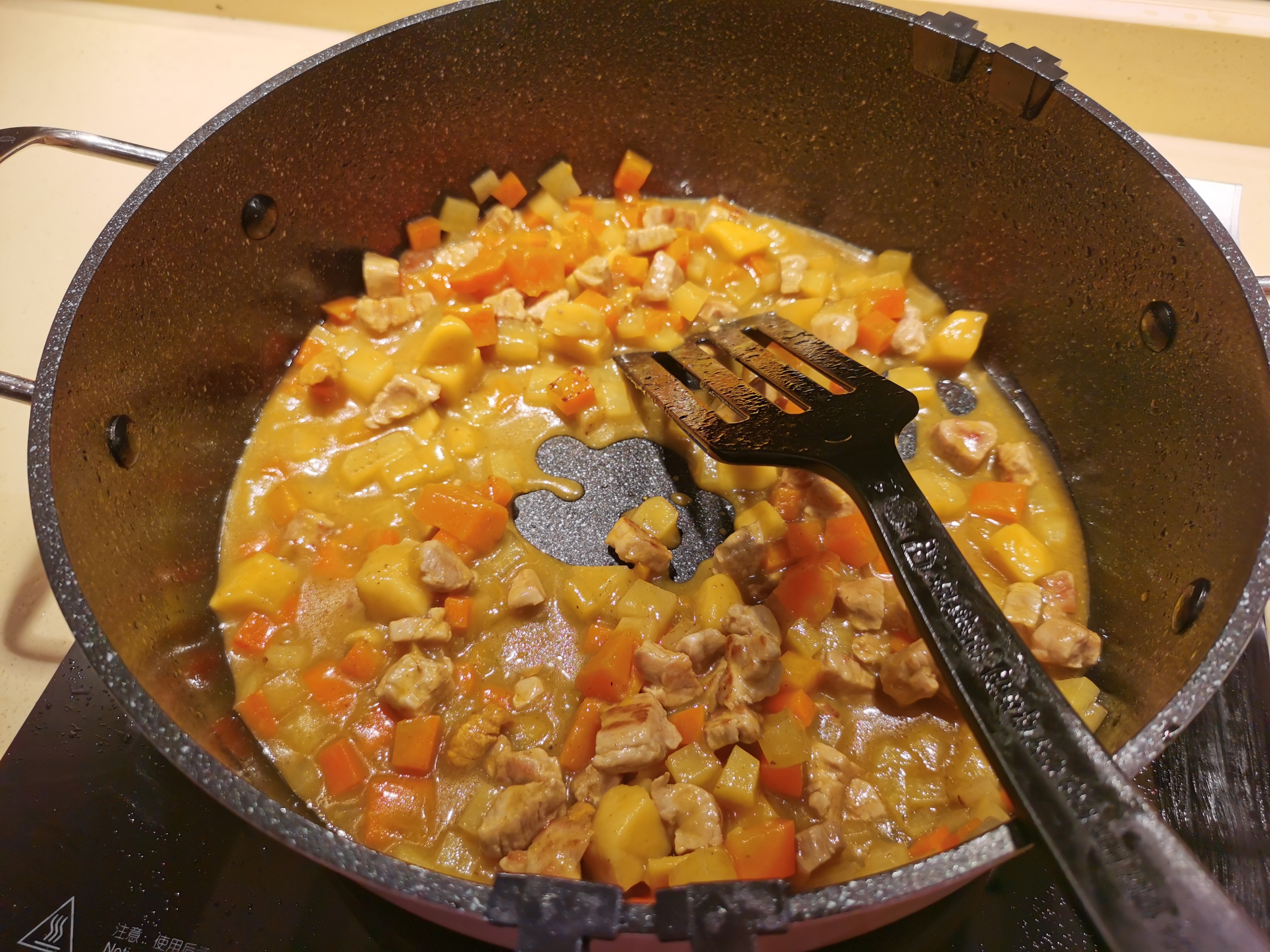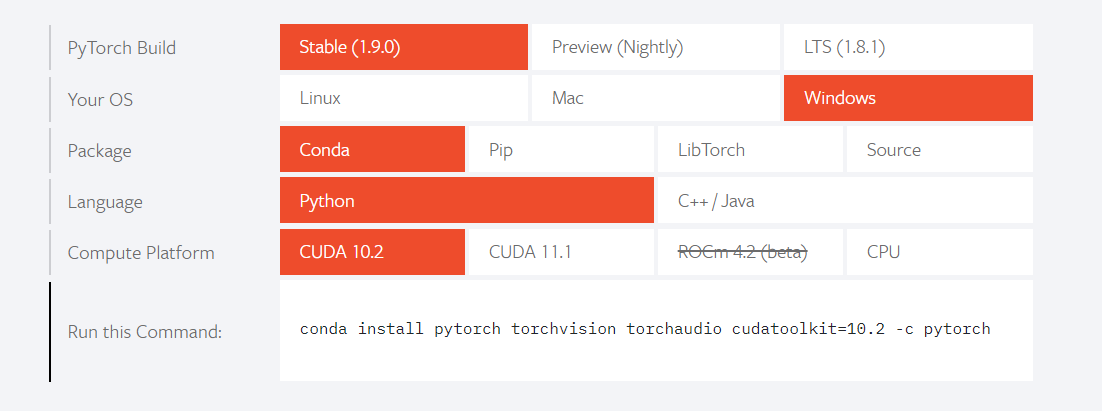使用 PyTorch 构建神经网络模型进行手写识别

使用 PyTorch 构建神经网络模型进行手写识别
PyTorch 是一种基于 Torch 库的开源机器学习库,应用于计算机视觉和自然语言处理等应用,本章内容将从安装以及通过 Torch 构建基础的神经网络,计算梯度为主要内容进行学习。
How can we install Torch?
Torch 在 Linux,Windows,Mac 等开发环境下都有特定的安装方法,首先搜索官方网页https://pytorch.org/,由下图所示我们可以根据自己适合的环境进行选择,我使用的是 1.9.0 版本 Windows 环境下 conda 包 Python 语言,CPU 计算平台的安装。

安装过程需要打开 Anaconda 命令行输入下方所给提示命令指引,

安装好 Torch 后打开常用的编辑器进行测试

OK,我们可以看到已经成功的在电脑上安装了 Torch
下列代码均在 Jupyter NoteBook 编辑,conda 等安装方式不在此文章说明
在“PYTORCH”中定义神经网络
深度学习算法即为神经网络算法,它是由多层互连计算单元组成的计算系统。通过这些相互连接的单元传递数据,神经网络能够学习如何近似将输入转换位输出所需的计算。在 Torch 中可以使用 torch.nn 包构建神经网络。
最常听说的也是最基础的 MNIST 数据集也就是手写识别数据,定义用于 MNIST 数据集的神经网络需要如下步骤
1.导入库
2.定义初始化神经网络
3.指定数据集构建模型
4.通过模型传递数据进行测试
将从应用角度出发,下述内容神经网络名词定义不做过多叙述。
导入相关库加载数据
构建神经网络所需库为 torch.nn 以及 torch.nn.functional
import osimport torchfrom torch import nnfrom torch.utils.data import DataLoaderfrom torchvision import datasets, transforms
通过上述模块和类,torch.nn 帮助我们创建和训练神经网络,包含 forward(input),返回 output。
定义,初始化神经网络
我们定义的神经网络将帮助我们识别图像,将使用 PyTorch 内置的卷积。卷积过程将图像的每个元素添加到 local neighbors,由内核或小型矩阵权重配比,将有助于我们从输入图像中提取某些特征(边缘检测,锐度,模糊度等)。
定义 Net 模型的类有两个要求。第一个是编写一个__init__引用 nn.Moudle。这个函数是你在你神经网络中定义全连接层的地方。
使用卷积,我们从构建的神经网络模型输出一个图像通道,输出匹配数字从 0 到 9 的 10 个标签的目标,下列构建传统的 MNIST 算法
class Net(nn.Module):def init(self):super(Net, self).init()
my_nn = Net()print(my_nn)
如代码所示,构建的三层神经网络,第一个二维接收层,输入图像数据,输出 32 个特征,平方核大小为 3,第二个二维 convolutional 层输入 32 组数据得到 64 个特征平方核大小为 3
通过指定数据传递进行训练
我们已经完成了神经网络的定义,下面将使用数据进行训练,在使用 PyTorch 构建模型只需要定义 foward 函数,将数据传递到计算图中,将代表我们的前馈算法。
class Net(nn.Module):def init(self):super(Net, self).init()self.conv1 = nn.Conv2d(1, 32, 3, 1)self.conv2 = nn.Conv2d(32, 64, 3, 1)self.dropout1 = nn.Dropout2d(0.25)self.dropout2 = nn.Dropout2d(0.5)self.fc1 = nn.Linear(9216, 128)self.fc2 = nn.Linear(128, 10)
参考开发文档:https://pytorch.org/tutorials/beginner/basics/buildmodel_tutorial.html
推荐阅读













评论